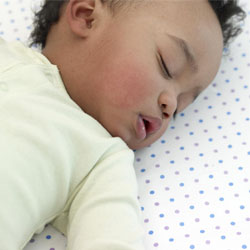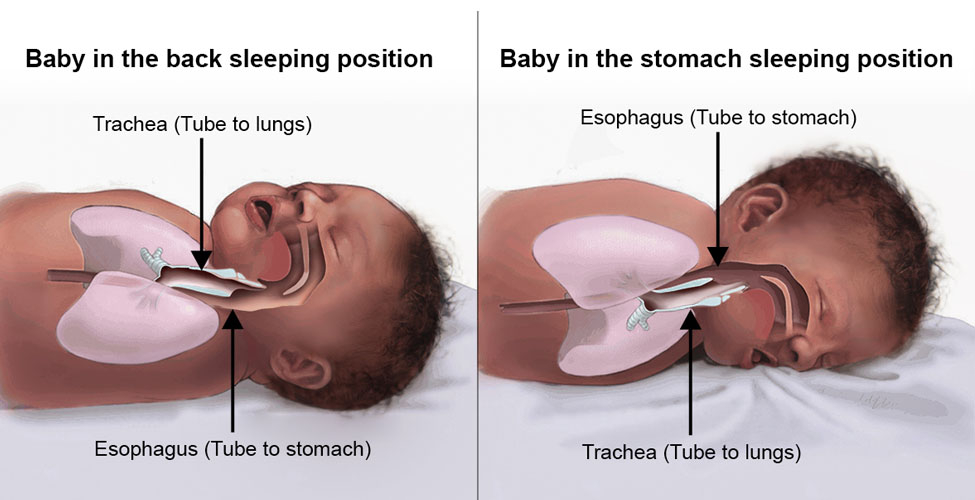
As parents, we learn about the “recommendations” for safe sleep. But once we are home with our babies, the recommendations can sometimes be hard to follow.
In recognition of SIDS Awareness Month in October, Kimberly Congden, program manager of Lactation Services and Parent Education at Baystate Medical Center, offers some tips for keeping babies safe during sleep.
Sticking to the cycle
Newborns have sleep cycles that are 60 minutes, evenly split between light sleep and deep sleep. Babies wake up often because of this sleep cycle and their need to eat frequently.
Although we may want our babies to sleep for long periods at night, their sleep cycles are protective, allowing us to attend to their needs for food and comfort.
Independent sleeping on flat surface
Newborns need our help to learn to sleep independently on their backs in their own sleep space. Our babies are held throughout the entire pregnancy. After birth, they expect nothing less. Although they prefer to sleep in our arms, we must help our babies develop the skills to sleep alone. We recommend keeping babies in your room, so you can be close for feedings and soothing. Learn more about co-sleeping.
There are so many baby products on the market that can make it confusing for new parents to understand how to follow the recommendations for safe sleep.
But it is actually quite easy to set up a safe sleep environment for your little one as long as you remember that babies need a flat sleep surface for EVERY sleep. Car seats, loungers, and inclined baby seats are not considered safe for sleep.
Learn more about creating a safe sleep environment with this interactive tool from the National Institutes of Health.
Best practices for safe infant sleep
There are many things that help to reduce your baby’s risks of sleep-related deaths, including:
- Exclusively breastfeeding
- Avoiding exposure to second hand smoke
- Keeping your baby on their back on a firm flat mattress
- Never using thick or fluffy blankets, pillows, bumpers, and stuffed animals
- Sharing a room but not a bed with your baby
For parents or caregivers who think that choking or spitting up is a reason to question the “back to sleep” recommendation, consider a baby’s anatomy. The trachea, the tub that leads to the lungs and is used to breath, is positioned underneath the esophagus, the tub connected to their stomach, when your baby lies on their stomach. This creates a choking hazard as gravity pulls “spit up” down into the lung passage. Your baby is safer when your baby lies on their back, keeping the lung passage safely above the esophagus.

Image courtesy of the Safe to Sleep® campaign.
Safe Sleep for Babies: It takes a village
Anyone who watches or cares for your baby should be aware of the recommendations for safe sleep. Ask your care provider about where your baby will be sleeping for naps and inspect the sleep space within the daycare.
See tips for grandparents and other trusted caregivers at the Safe to Sleep® website.
Help and support from family and friends is essential for new parents. New parenthood should not be “survival of the fittest.” We should make supporting new parents a priority for the health and well-being of our babies, as well as for ourselves as parents.
Learn more about safe sleep for babies